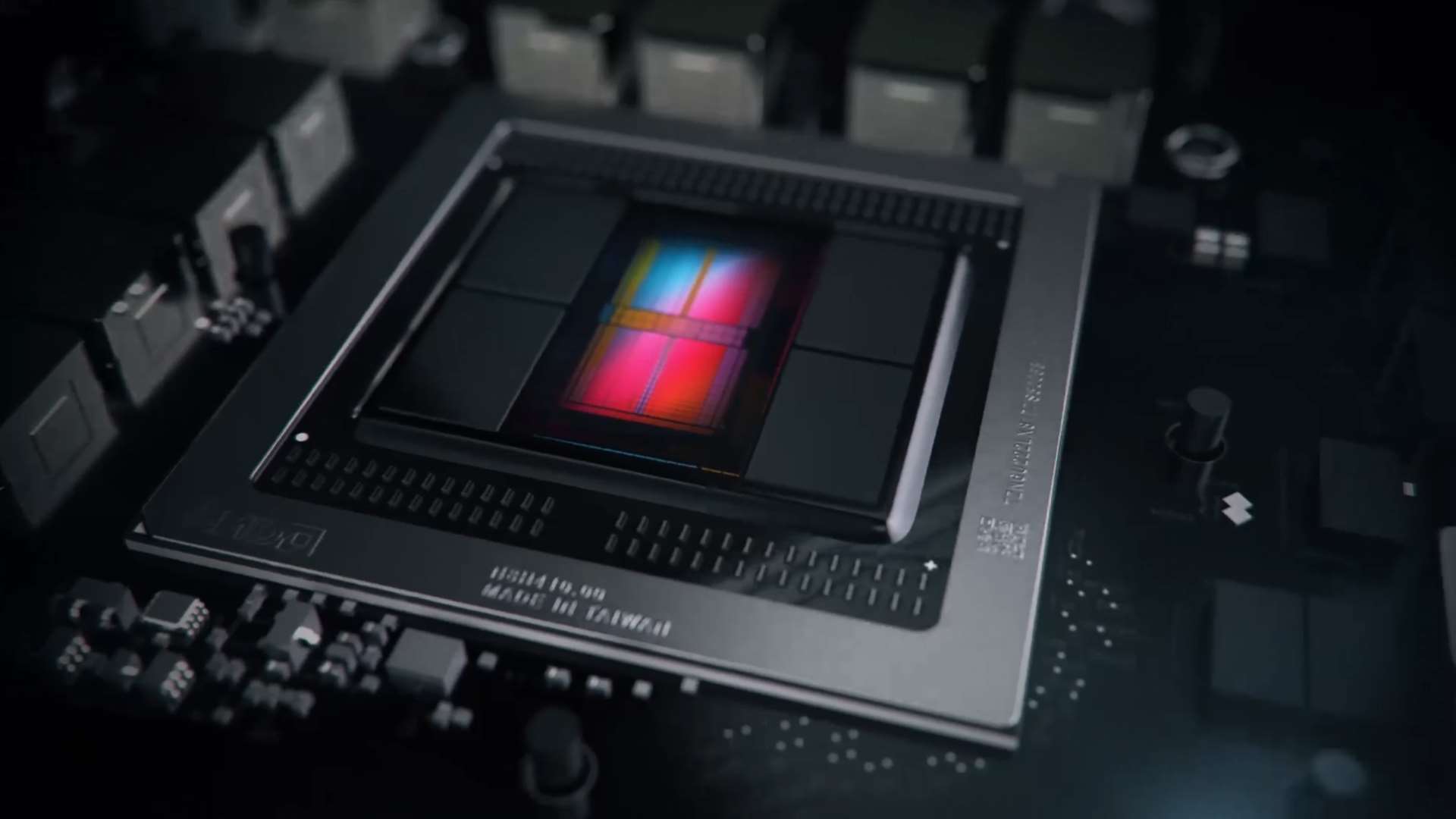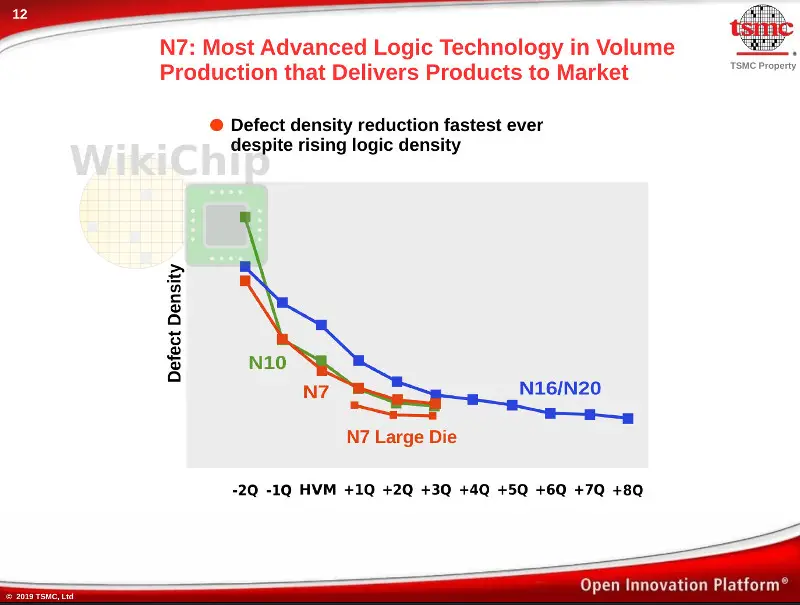I highly doubt that.
Yeah I'm not expecting probably more than like 1600MHz and even that in maybe boost clock situations. There's rumors that there's going to be a PS5 Pro at launch and I'd guess that'll be a model pushing higher clock speeds, but they'll be limited in what they can get.
A big part of how they're pushing for efficiency will be related to hibernation/suspend that going with a fast SSD will enable. Sony just recently talked about that.
Personally I'm expecting ~15TF (probably closer to like 14.5) from 64CU in the next Xbox. Base PS5 I think will be closer to 10TF (from lower clocked 48CU, not likely fully enabled), with a Pro version that's probably fully enabled plus higher clock speeds offering ~12.5-13TF so Sony doesn't get outclassed by Microsoft as much. And then I think we might see a lower end Xbox that is closer to the base PS5 (although it might not come out til the year after), after Microsoft tweaks the lower end console that was supposed to target streaming (that I'm guessing was probably ~50% of the main console at around 7-8TF, but with the base PS5 being that close that Microsoft will choose to add some CUs and get them to be roughly equal; I'd guess it'll add ray-tracing that it likely originally lacked as well).
I just realized. There's supposedly 3 larger versions of Navi? One each for the consoles, then a halo one for the dGPU/pro market. Then the larger one will probably be dual purposed for consumer gaming, game streaming (Stadia; maybe Sony and Microsoft would choose to use the same GPU in their consoles for their streaming so that each user is getting basically a console in the cloud), and pro stuff that is rendering focused (CAD, etc). The dGPU one would be 96CU with 84 and 72 CU versions (top end one would be $999 with 4 stacks of HBM2 for 1TB/s bandwidth, then 3 stacks for ~850GB/s, and then 3 stacks for ~750GB/s). Then maybe they'll be able to sell the Microsoft GPU as a dGPU for $549 (64CU 16GB GDDR6, up to 640GB/s if it has a 320bit bus) with a 56CU version for $449. Current Navi (possibly refreshed/updated with ray-tracing bits, maybe they'd be using the PS5 GPU), would be $349/299 with 8GB GDDR6 (which will offer 512GB/s).






